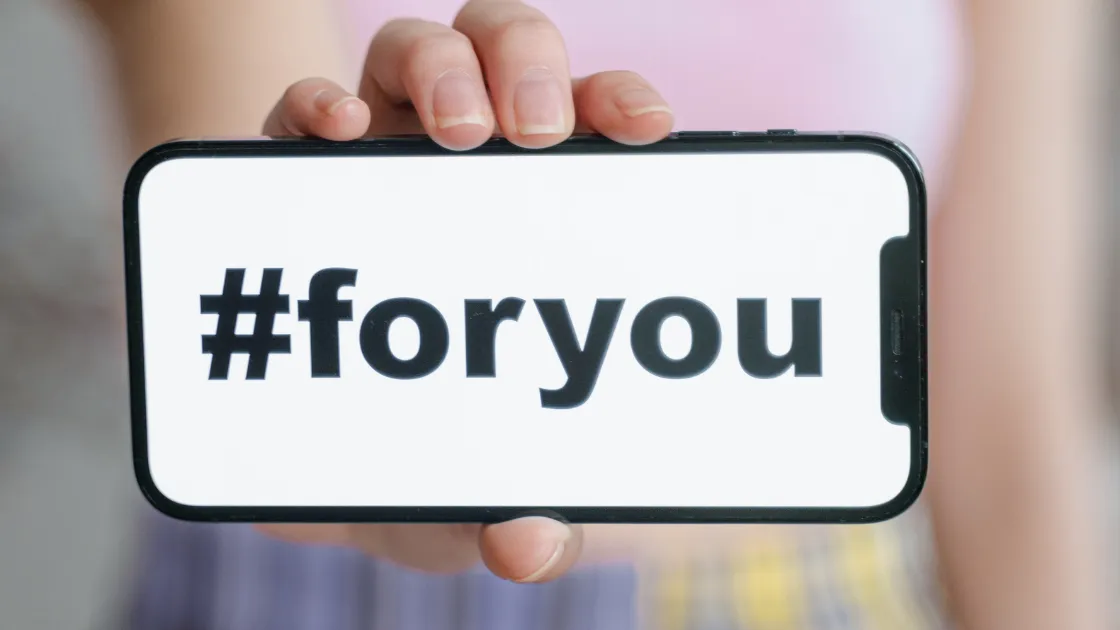
Hashtags have been a part of social media for over a decade. Once the go-to strategy to boost reach and engagement, many now ask —
“Do hashtags still work in 2025?”
The answer? Yes — but not like before.
In this guide, we’ll break down:
• What hashtags really do today
• How social media platforms treat hashtags now
• Smart strategies to use them in 2025
• When to use them — and when not to
What Are Hashtags, Really?
Hashtags (like #travel, #fitness, or #businessgrowth) group your content into searchable categories. Think of them as keywords for social media.
When someone clicks or searches a hashtag, they see all posts using it — so if you use the right ones, your content can be discovered by new users.

Do Hashtags Still Work in 2025?
Yes, but their power has shifted:
✅ Where Hashtags Still Help:
• Instagram: Still relevant for reach and categorization
• LinkedIn: Great for visibility and industry discovery
• TikTok: Trending hashtags can boost virality
• YouTube Shorts: Hashtags like #shorts help content get categorized
• Threads/X (Twitter): Real-time conversations still revolve around trending hashtags
🚫 Where They’re Less Effective:
• Facebook: Minimal effect on reach
• Pinterest: Uses keywords, not hashtags
• Instagram Explore Feed: Driven more by user behavior & AI than hashtags
So yes — hashtags work, but only if used strategically and platform-specifically.
5 Reasons to Still Use Hashtags
1. Boost Discoverability
Helps you reach audiences interested in similar content or topics.
2. Join Trends or Challenges
Using trending hashtags can connect you to viral conversations.
3. Niche Targeting
Using industry-specific or community hashtags attracts quality followers.
4. Brand Awareness
Create and promote your own branded hashtags (e.g., #MyBrandTips).
5. Content Categorization
Makes your content searchable and organized for long-term discovery.
Best Practices for Using Hashtags in 2025
✅ Do:
• Use 3 to 5 relevant hashtags (on most platforms)
• Mix broad, niche, and branded hashtags
• Research what hashtags your audience and competitors use
• Keep hashtags short, readable, and free of special characters
• Use hashtags in the caption or first comment (Instagram)
❌ Don’t:
• Overstuff your post with 20–30 hashtags
• Use banned or spammy hashtags — it can reduce your reach
• Use irrelevant hashtags just because they’re trending
• Copy-paste the same hashtags on every post
Real-Life Example
Let’s say you run a fitness brand and post a workout reel.
Instead of #fitness alone (too broad), try this mix:
• #HomeWorkoutTips (niche)
• #FitIn2025 (trending/seasonal)
• #MyFitnessJourney (relatable)
• #FitnessCoachName (branded)
This combo helps you reach the right people without getting lost in the noise.
Hashtag Limits By Platform (2025 Update)
| Platform | Suggested Hashtag Use |
|---|---|
| 3–5 in caption or first comment | |
| TikTok | 3–5 (including trending ones) |
| 2–4 relevant industry tags | |
| YouTube | 1–3 in title or description |
| X (Twitter) | 1–2, relevant and trending |
Bonus Tip: Research Hashtags Like SEO Keywords
Think of hashtags like you do with SEO:
• What is your audience searching for?
• What questions do they ask?
• What’s trending in your industry?
Use tools like:
• Instagram Search Suggestions
• LinkedIn hashtag analytics
• TikTok trends page
• Tools like Hashtagify, RiteTag, or Flick
Final Thoughts: Are Hashtags Worth It?
Yes — but with strategy, not spam.
Hashtags are not dead. They’ve just evolved.
They’re no longer a magic tool — but when used smartly, they can:
• Boost reach
• Improve discoverability
• Strengthen brand identity
• Help you join trending conversations
Use less, choose better, and focus on quality over quantity.


